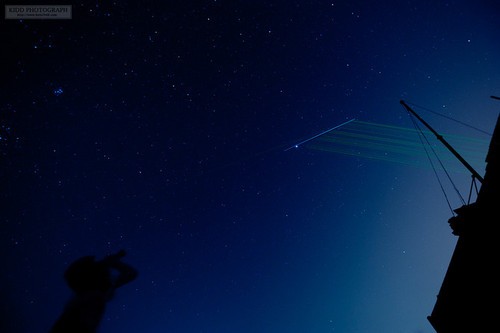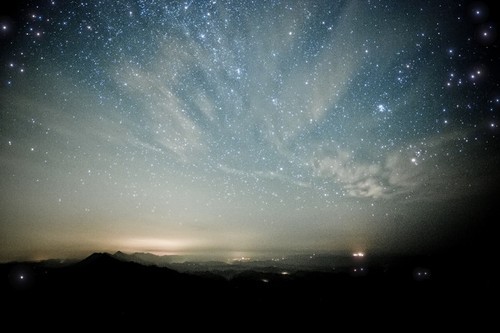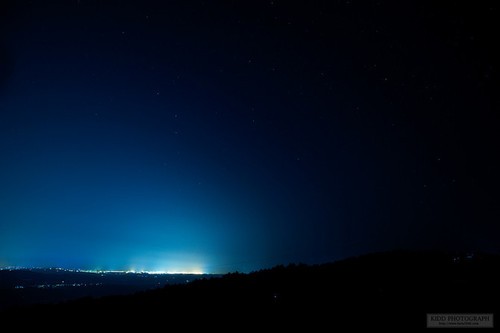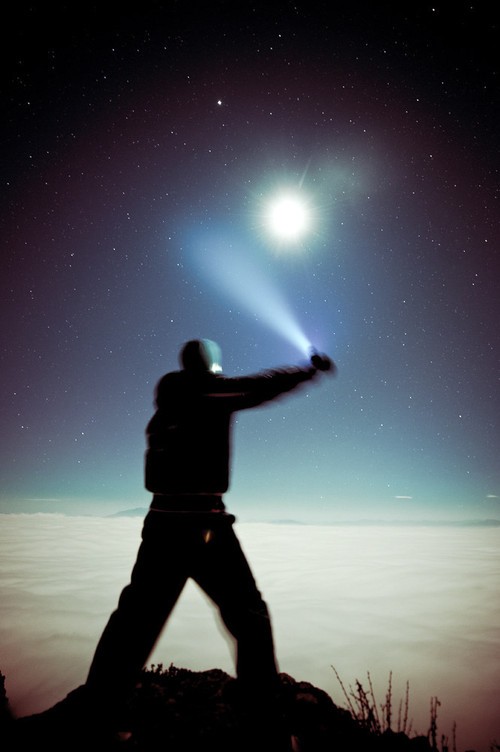Nowadays, most photographers use digital photography, and some people also use digital backs, such as us. Digital photography has different photography techniques.
Aperture and Shutter
aperture
For beginners, the aperture value is difficult to grasp. Therefore, almost all DCs have an automatic setting function. Objectively speaking, this advanced program auto exposure allows us to easily obtain photos with basically correct exposure. But sometimes program auto exposure cannot meet some of the shooting effects we want. For example, when we want to take a photo with a clear subject and a blurred background under strong light, the effect of program automatic exposure is often that the subject and background are very clear. At this time, it is very necessary to manually set the aperture.
Since the DC has a real-time LCD viewfinder, it is more convenient to manually set the aperture, as long as you directly observe the screen. However, everyone needs to understand that the size of the aperture has a crucial impact on the depth of field. Small apertures allow for a large depth of field that accentuates the background. A large aperture allows a small depth of field to highlight the foreground.
However, the aperture size not only determines the depth of field , the focal length is also very critical. In fact, there are no certain rules for the use of apertures, and everyone should learn more from practice.
It should be noted that “increasing the aperture” usually refers to reducing the aperture value and increasing the aperture when shooting. For example, from F5.6 one level higher to F4.0 or higher F2.8 and so on. Please don’t make a mistake, this is the most basic term.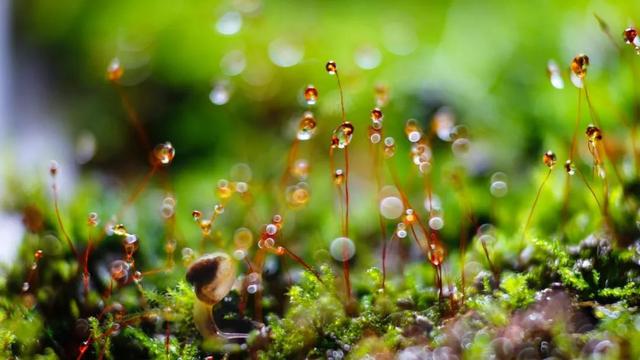
Shutter speed
When we mention it, shutter speed refers to controlling the time that light is projected onto the CCD photoreceptor. Shutter speed, like aperture F-number, can only express some parameters. In fact, shutter and aperture are inseparable. Only when these two work together can we create great photos. For example, when we need a large depth of field, we must use a small aperture, and in order to ensure enough light at this time, we must reduce the shutter speed or use a large aperture. Shutter and aperture go hand in hand.
The relationship between them is as follows:
Aperture open <–> narrow
Shutter Speed Fast <—-> Slow
depth of field shallow <—-> deep
Use the Flash at the Right Time
Most people think that you only need to turn on the flash when shooting in low light. In fact, there are many situations in which you need to use flash. For example, when shooting against the light, if the flash is not used, the surface of the photographed object will be underexposed and the background will be overexposed. At this time, the flash must be turned on and set to forced flash mode for flash fill light, so as to achieve the effect of accurate and uniform exposure. When shooting portraits indoors or at night, remember to set the flash to red-eye reduction mode to avoid the red-eye phenomenon of people in the photo.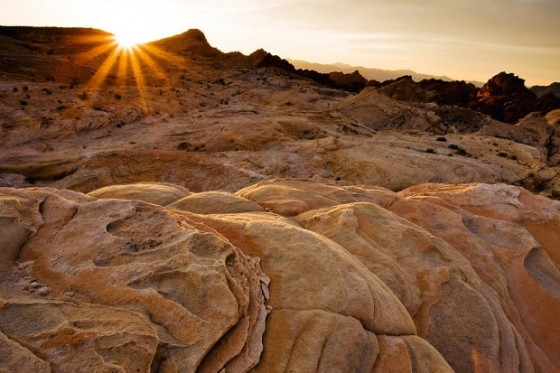
If there are reflective objects such as glass or metal near the subject or the subject, avoid using the flash unless necessary. If the light is too dark and must be used, you can appropriately increase the exposure to compensate, so as to avoid reflections from affecting the accuracy of flash exposure.
The Mystery of Color–White Balance
Due to the special imaging principle of digital cameras, it has a natural weakness in color reproduction. Photos taken in a fluorescent room would appear greenish, while photos taken in the shade of sunlight were inexplicably bluish. Maybe everyone has encountered this situation, and the reason is the white balance setting.
If the ambient light is not very complicated, we can also use the automatic white balance function. But if one of the digital camera and the subject is in the bright place, the other is in the dark place, or the surrounding light is too low or too bright, we all need the help of the custom white balance function. Digital cameras that generally support custom white balance have a variety of preset environments that cover most applications.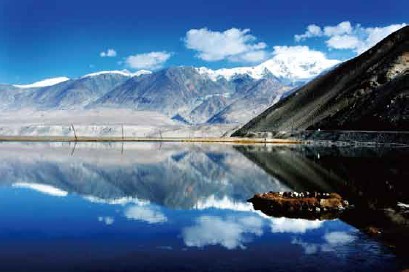
Learn to Think — Composition is Not Difficult
For users who have a certain understanding of photography, they all understand the importance of accurate composition. If you are not shooting close-ups, you should generally place the subject at 1/3 of the screen. At the same time, try to avoid the cluttered background and shoot from a special perspective. Try to capture the details and personality of the object, and use some diagonal or curved background composition to make the overall picture look more vivid.
In addition, we must be good at using two-dimensional eyes to observe. Because photography has only two-dimensional space, it expresses the sense of space through perspective relationship (that is, the modeling effect of light and shadow is the reference object), which is different from the three-dimensional human eye that observes things from two different angles.
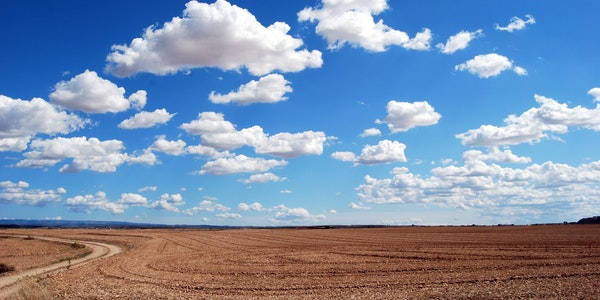
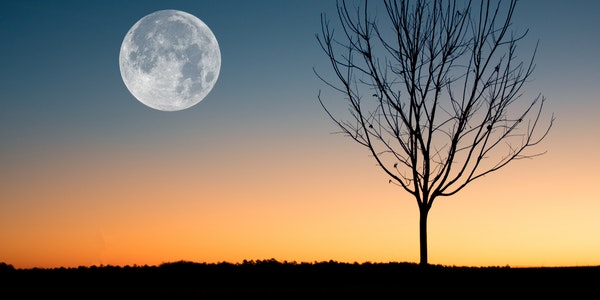
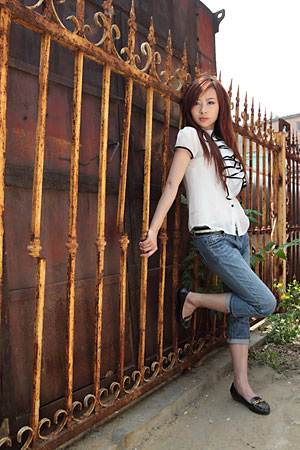
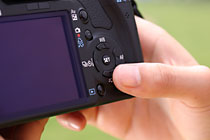

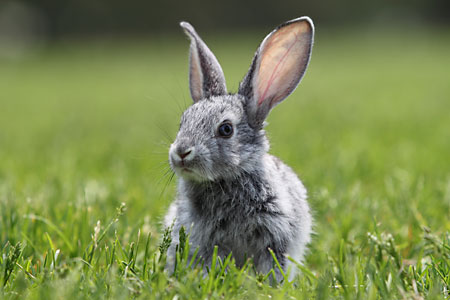
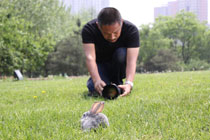
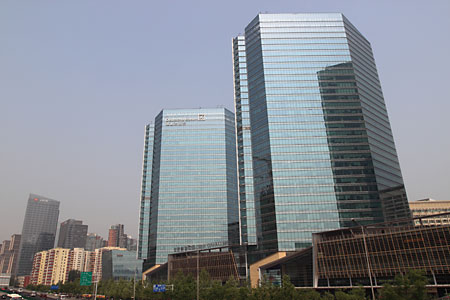
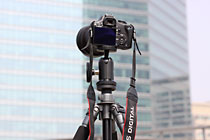
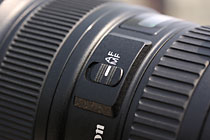
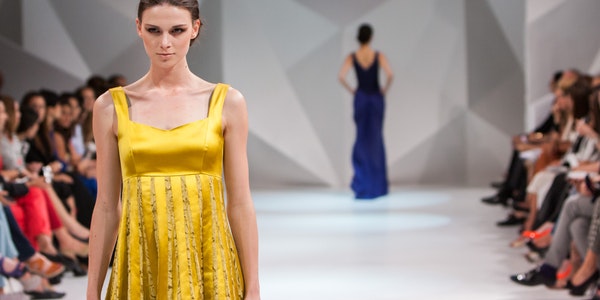
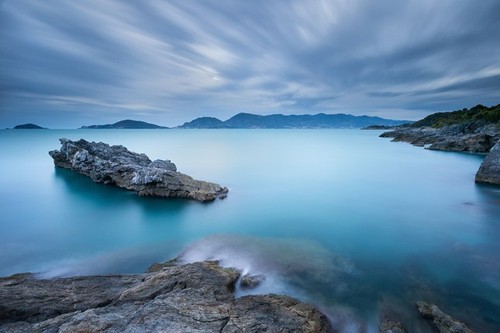
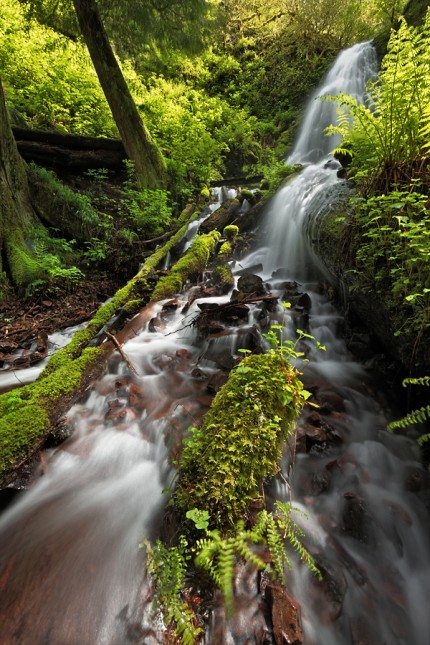
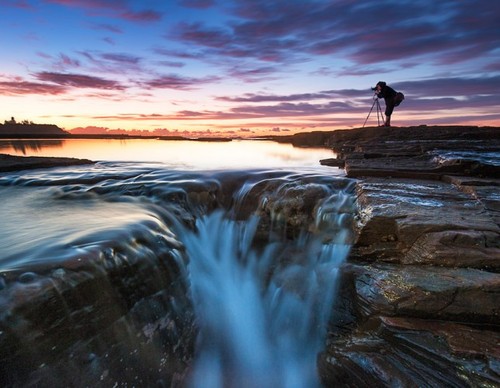
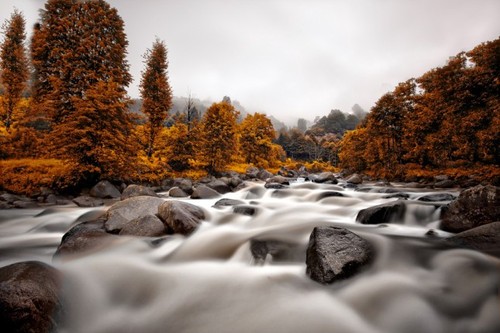
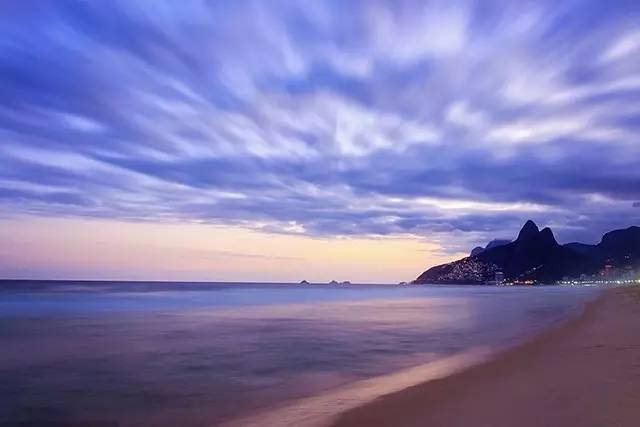
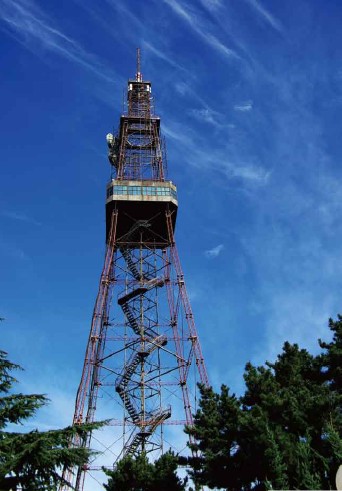
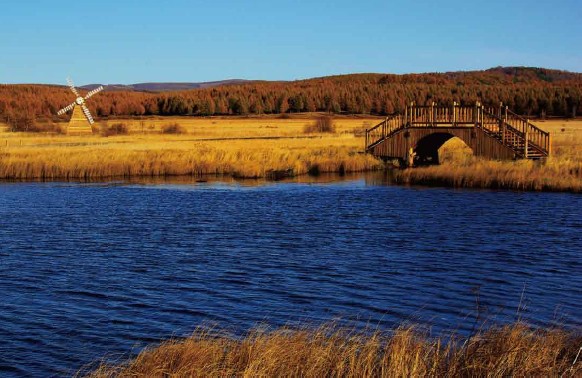

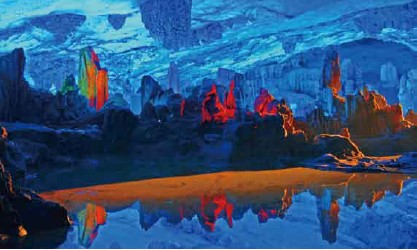

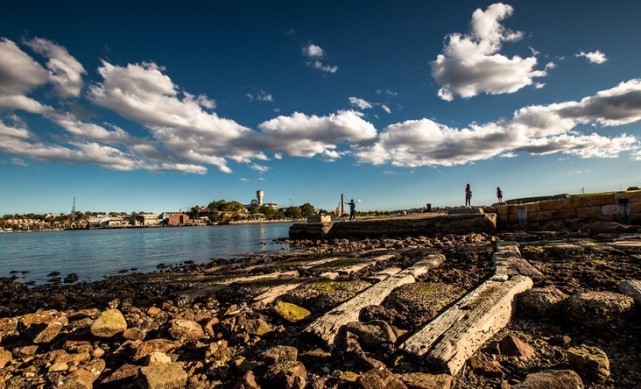
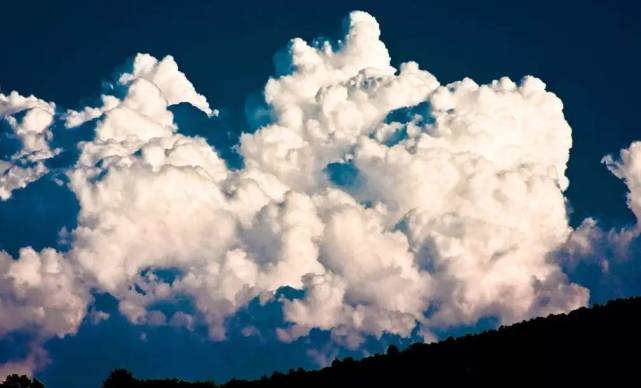
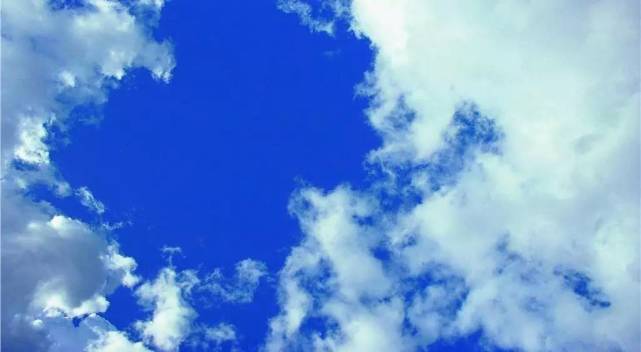
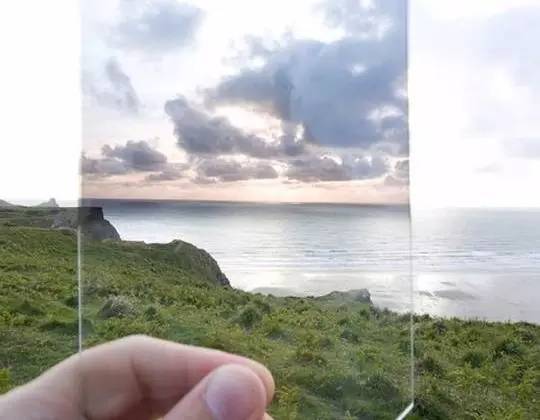
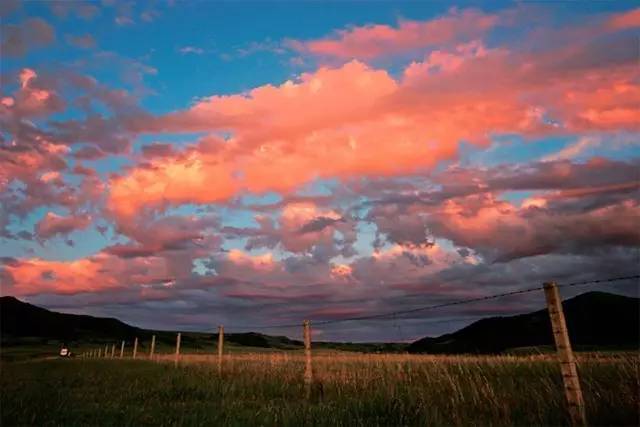
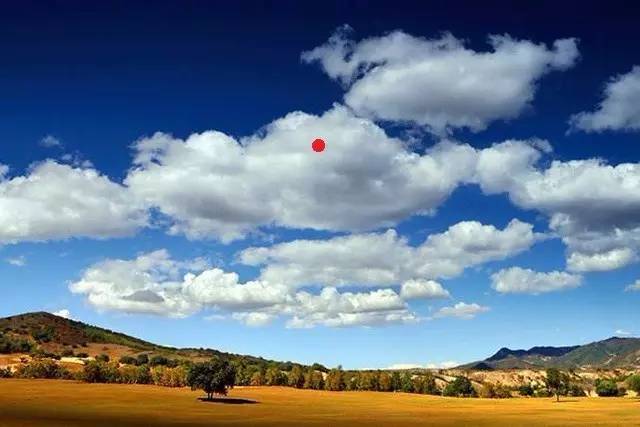
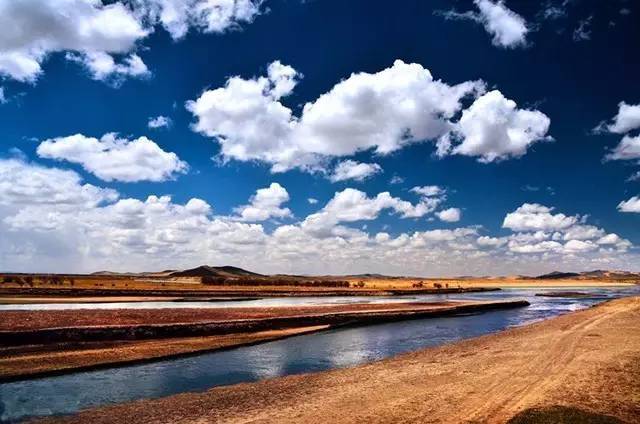
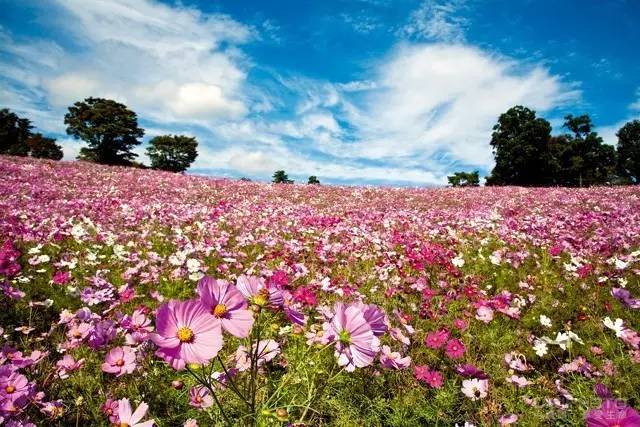
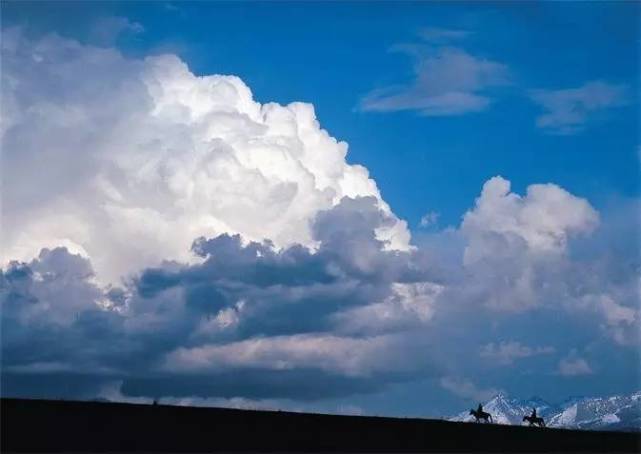
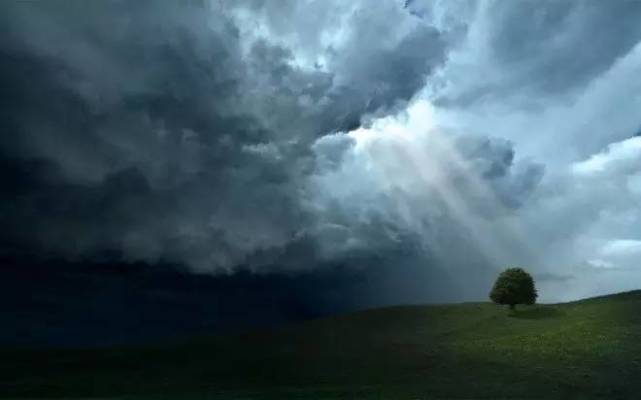
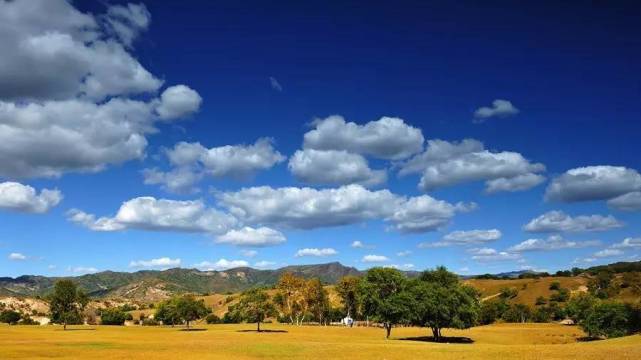
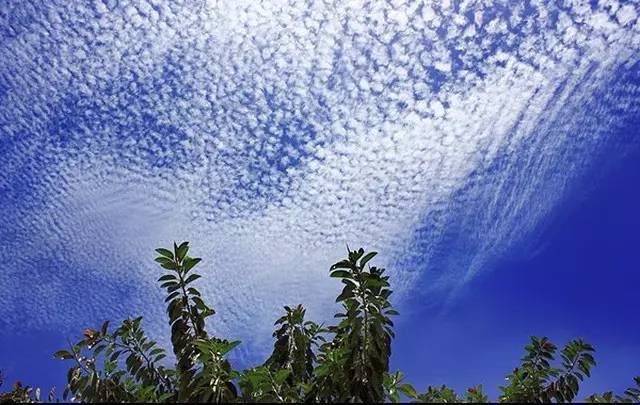
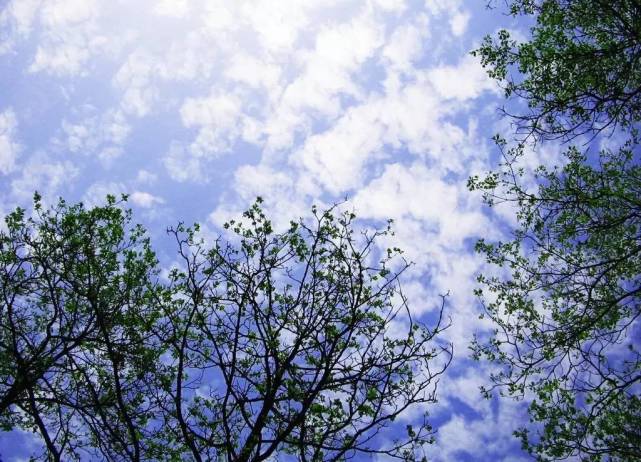
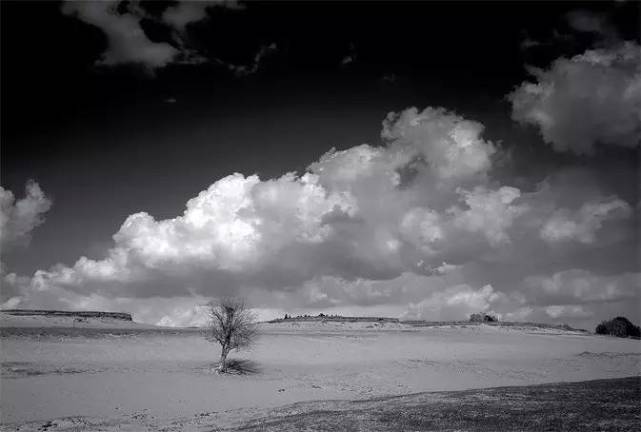
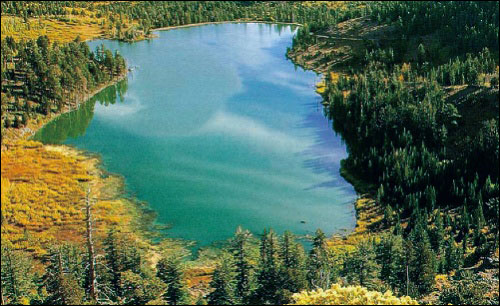
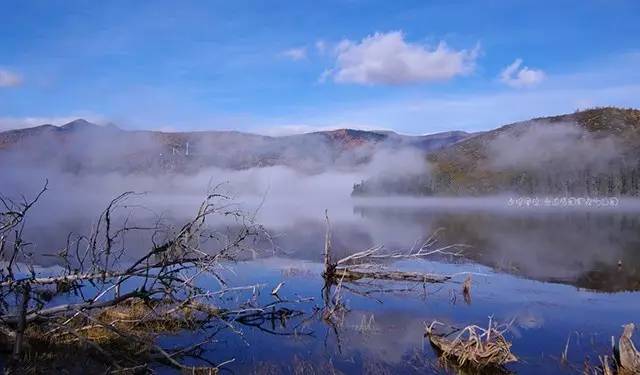
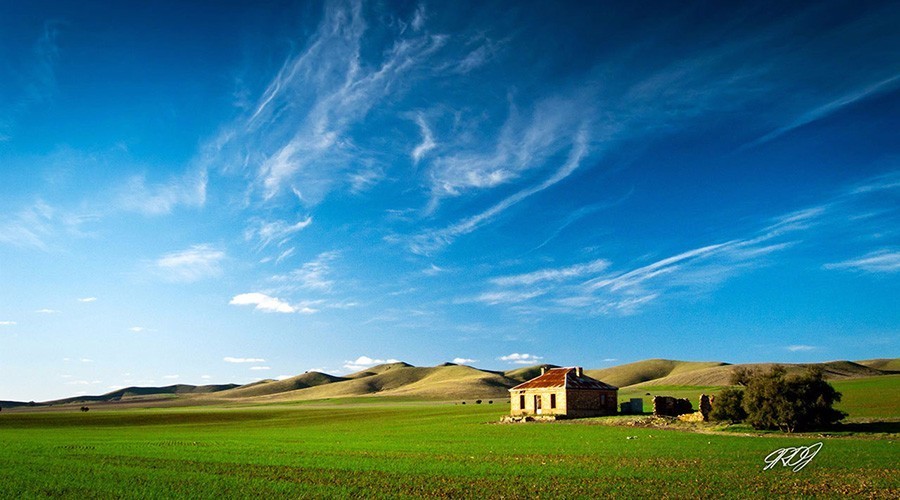
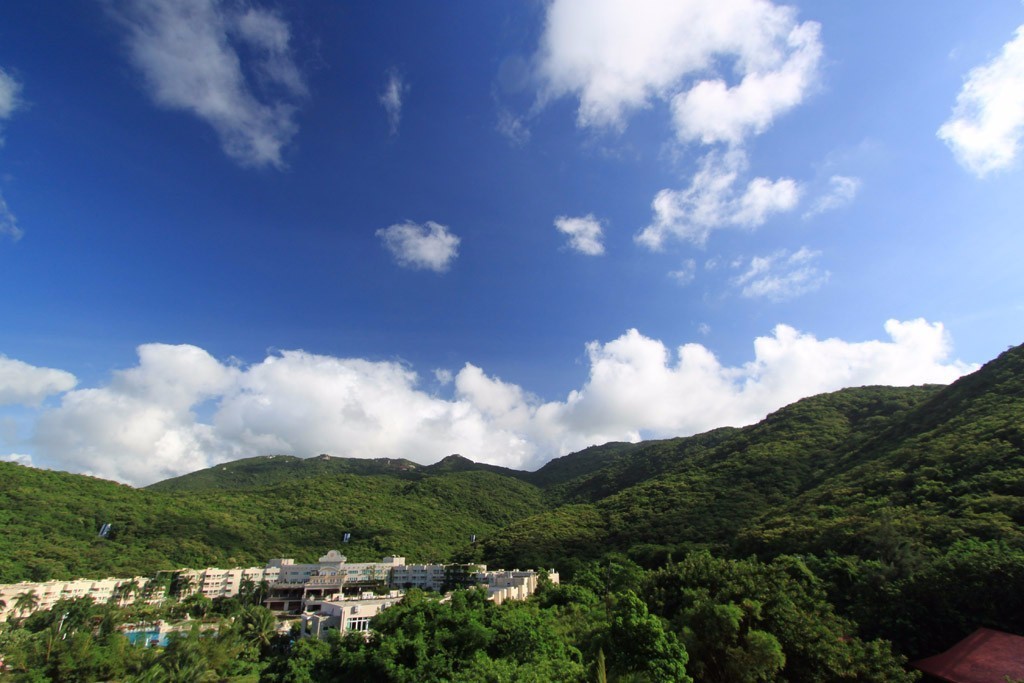
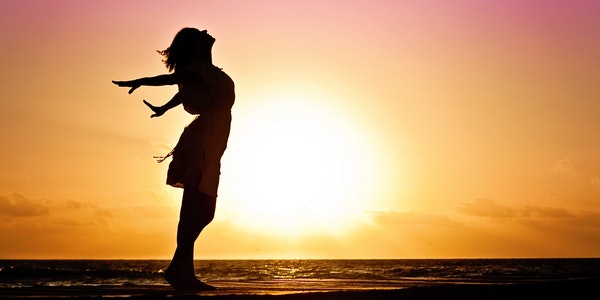
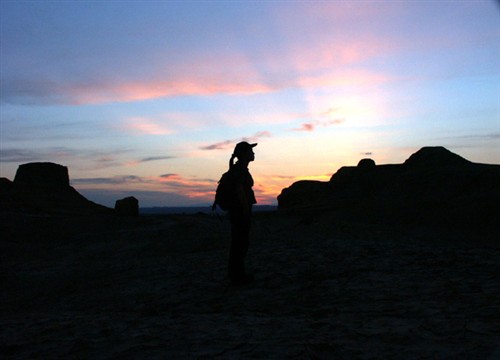
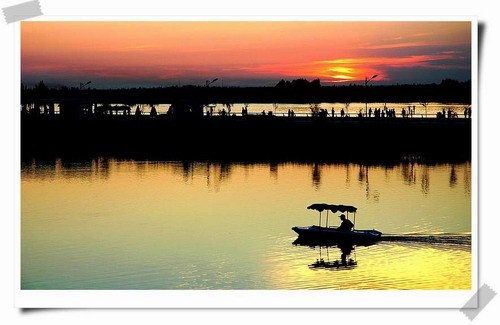
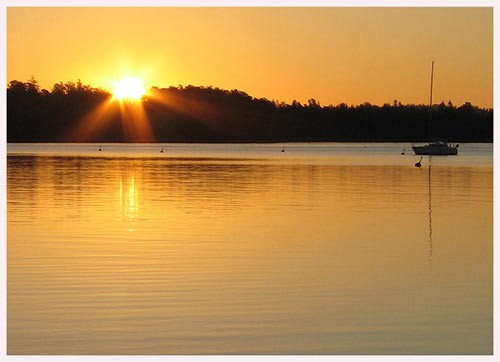
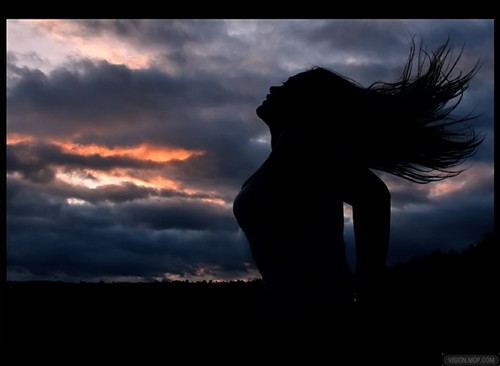
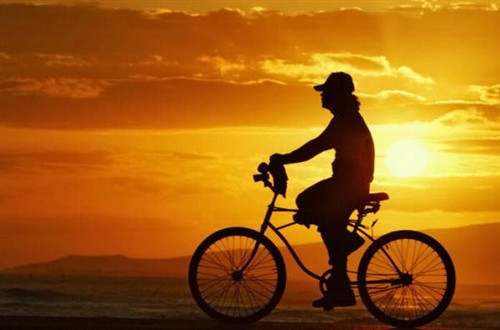
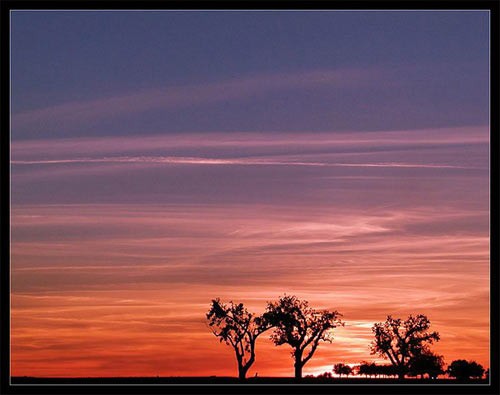

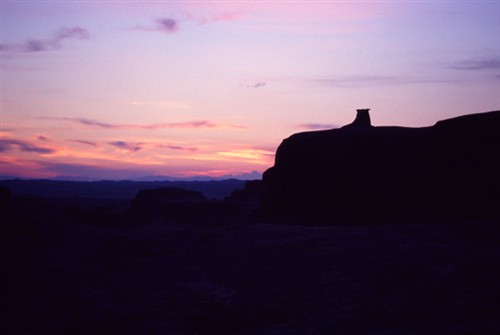
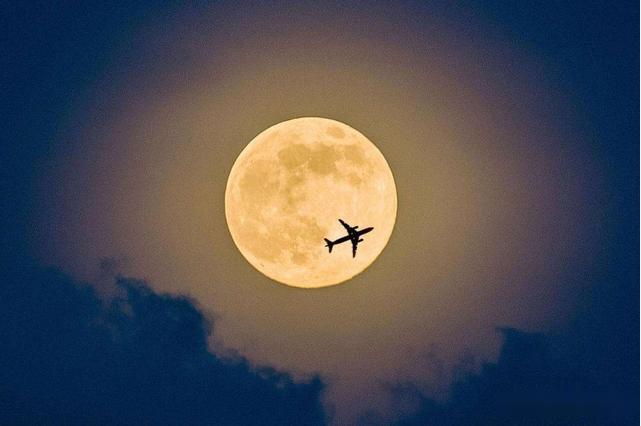
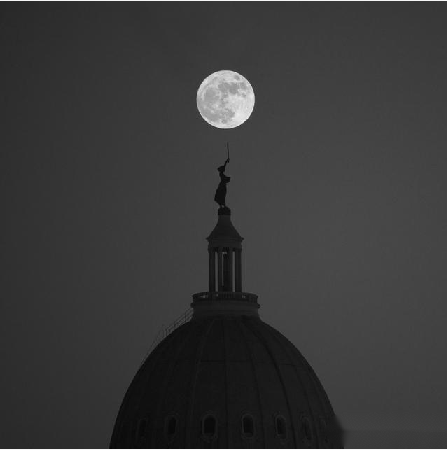
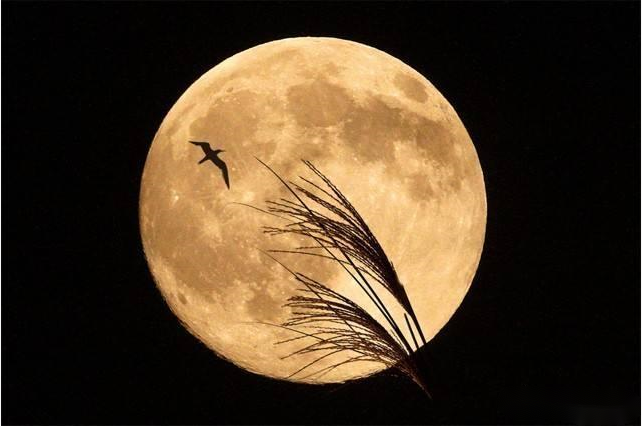
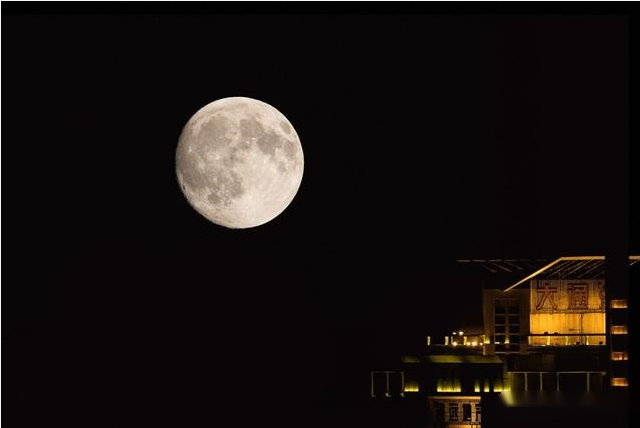
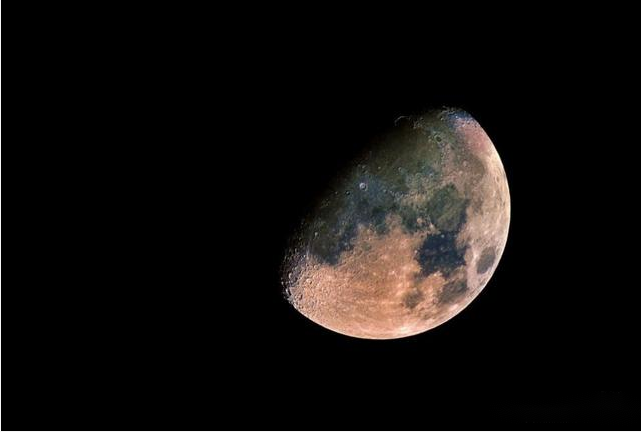
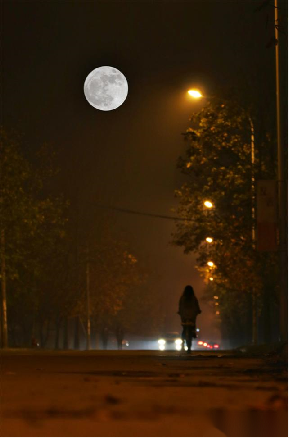
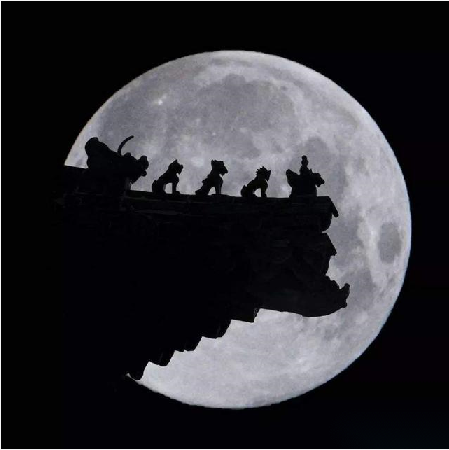
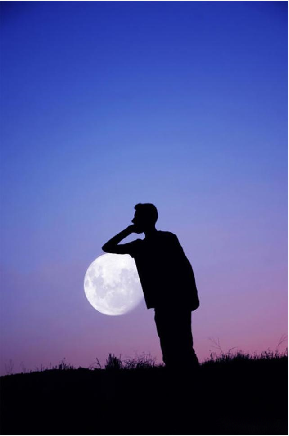
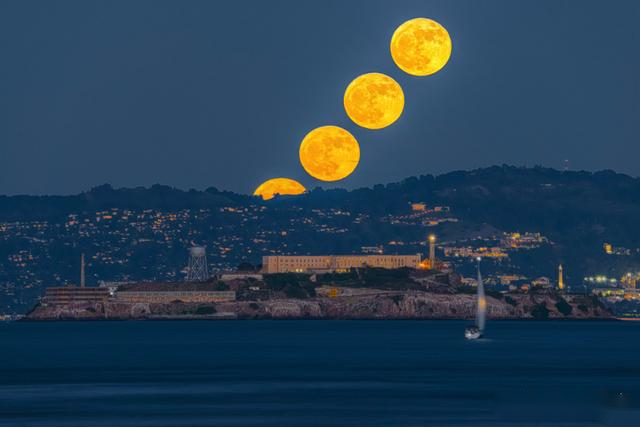
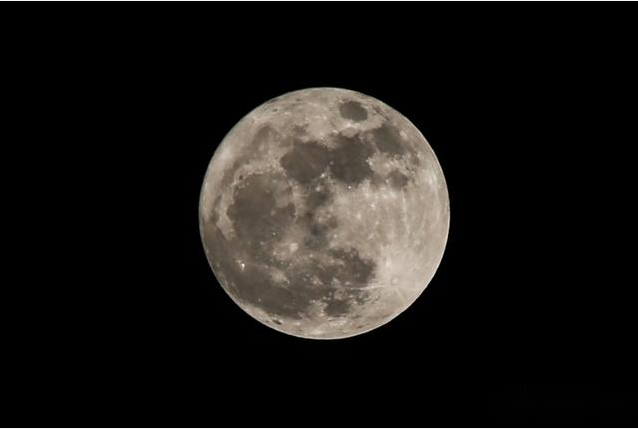
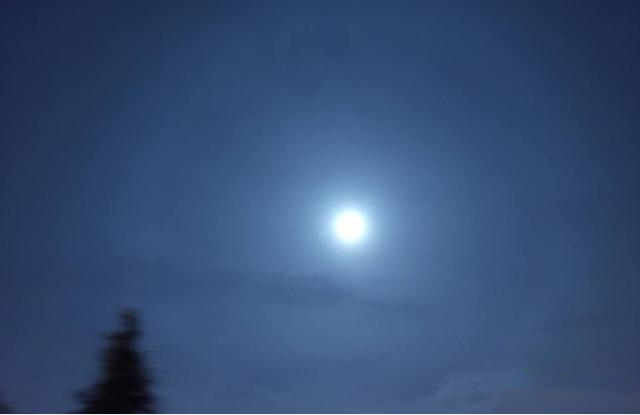
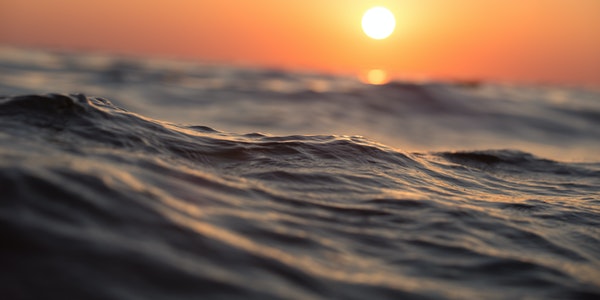
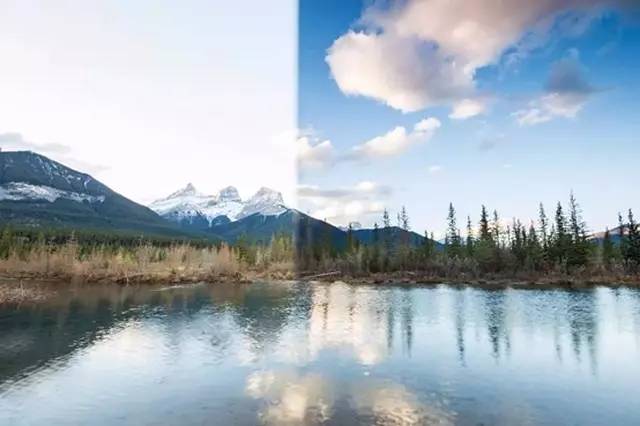
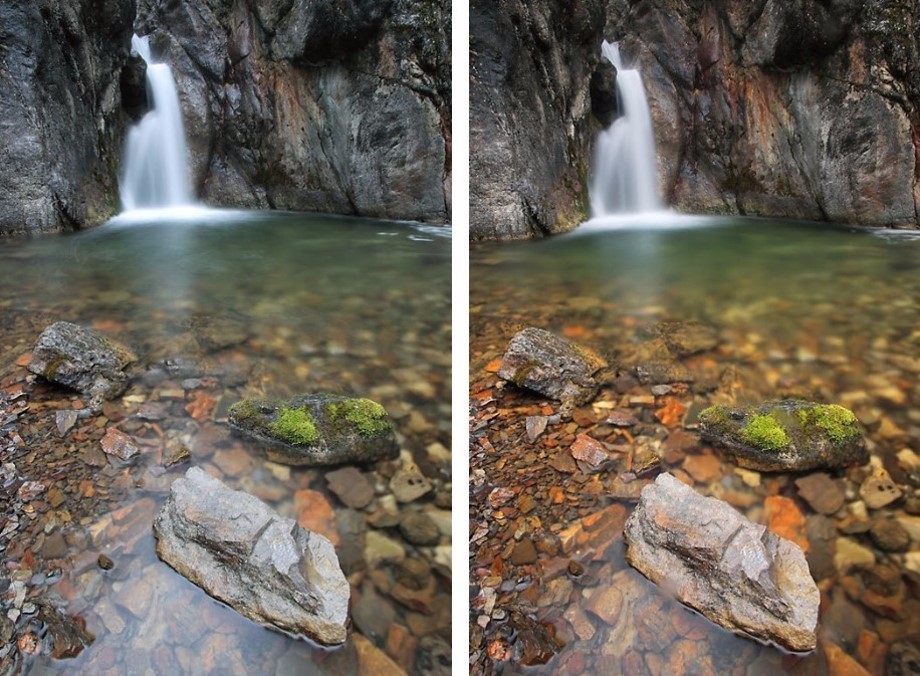
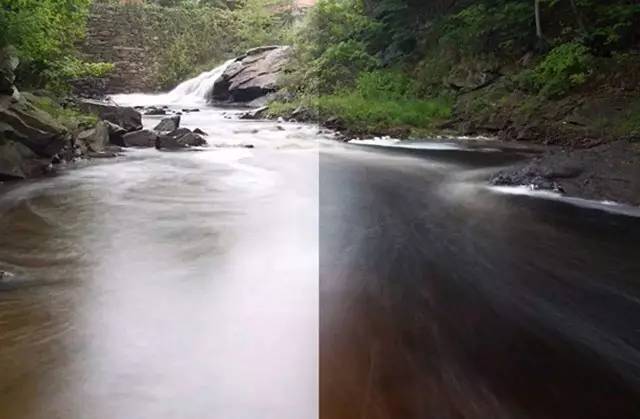
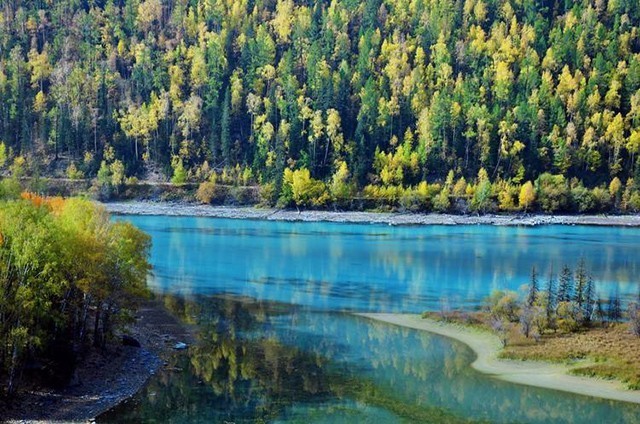
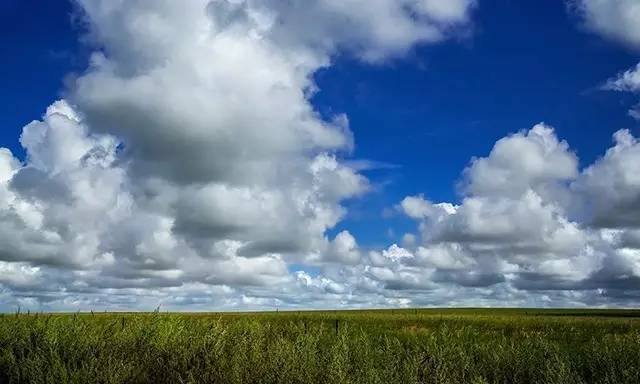
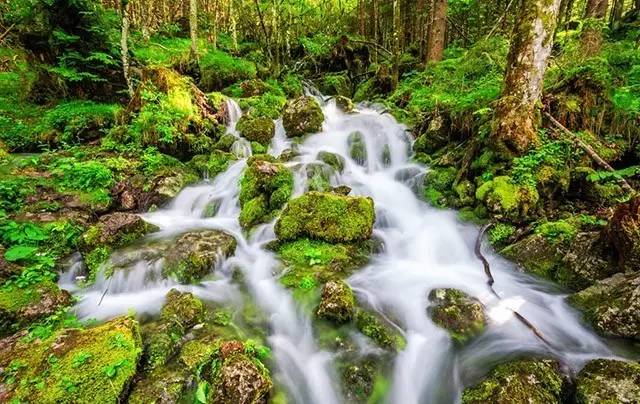

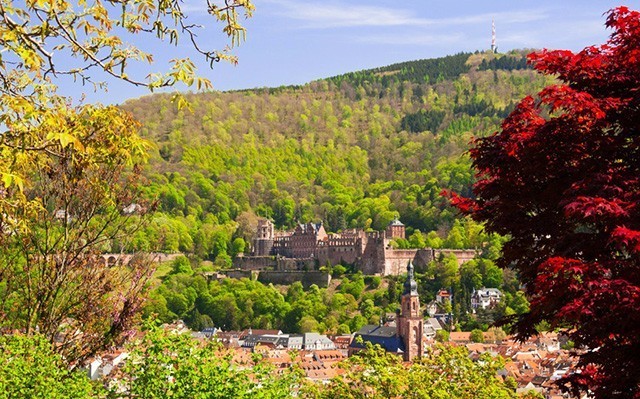
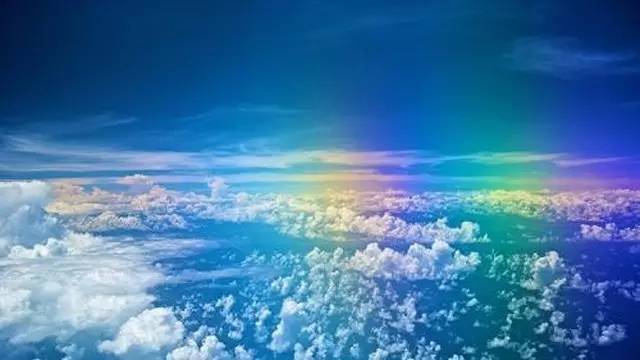
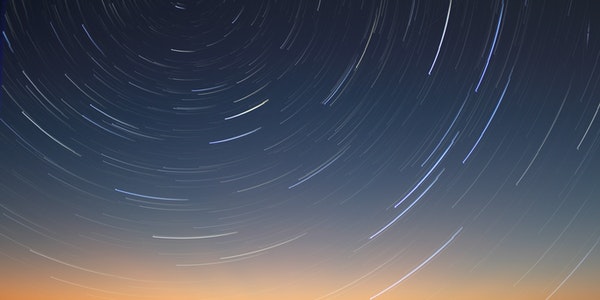
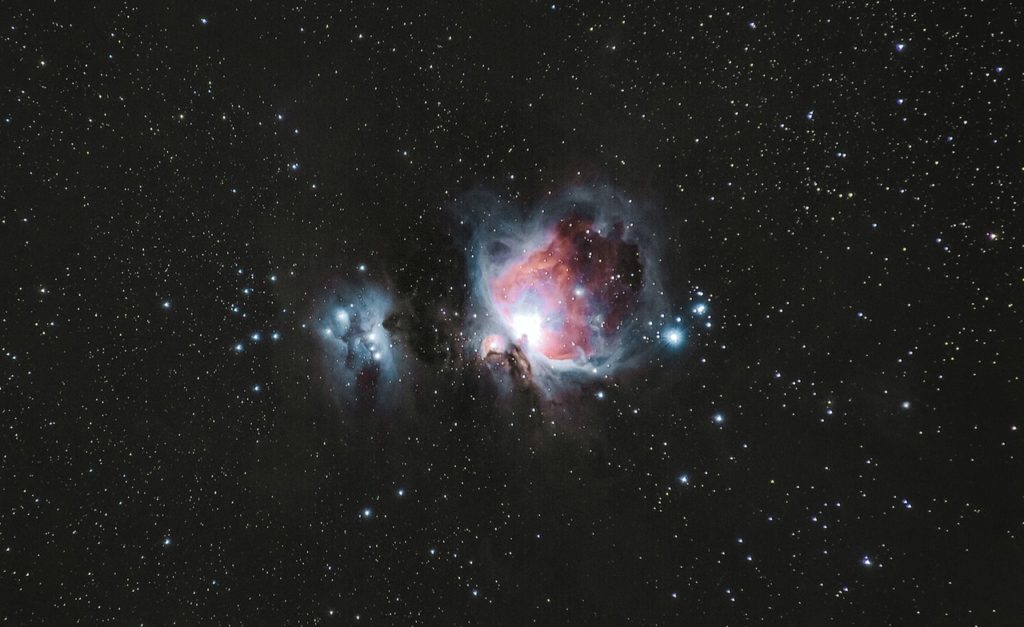
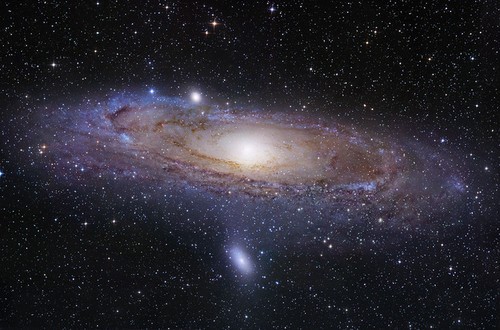
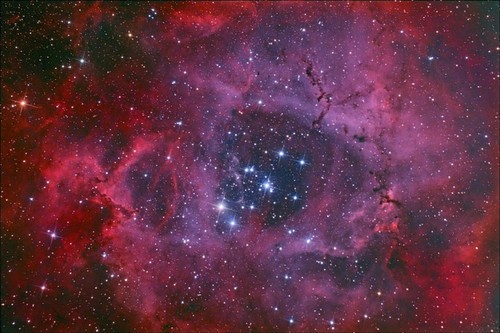
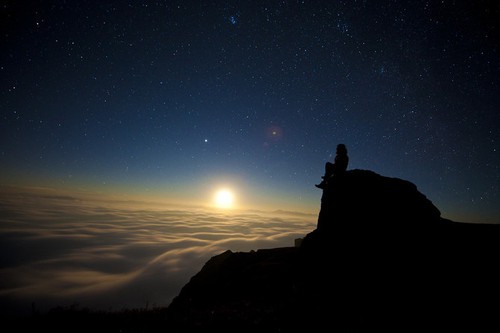
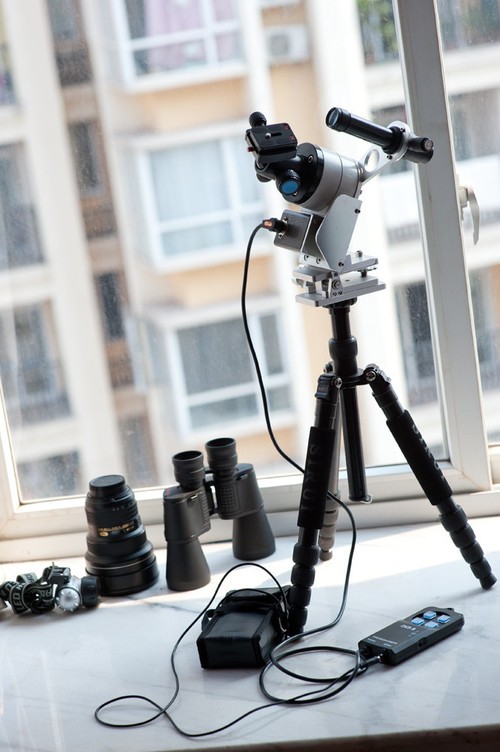
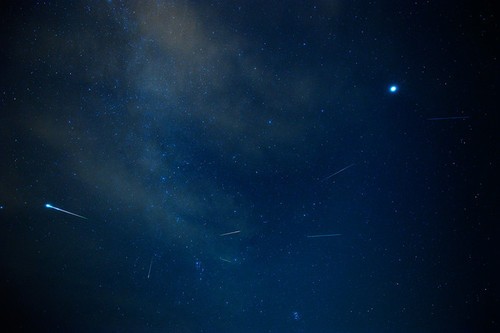
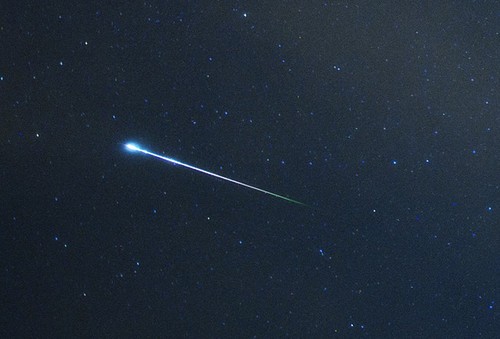
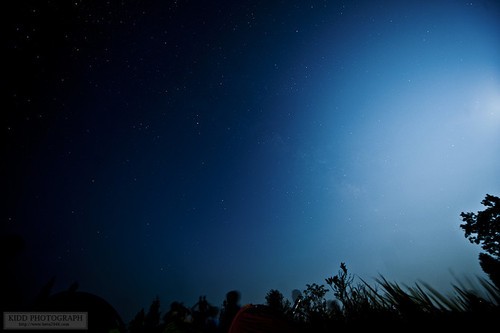
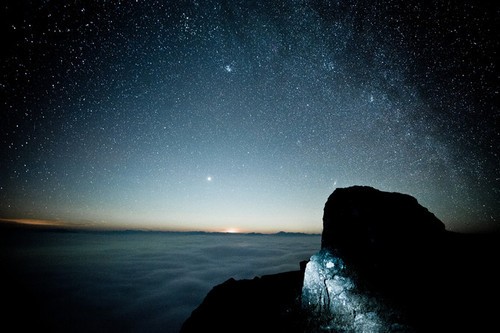
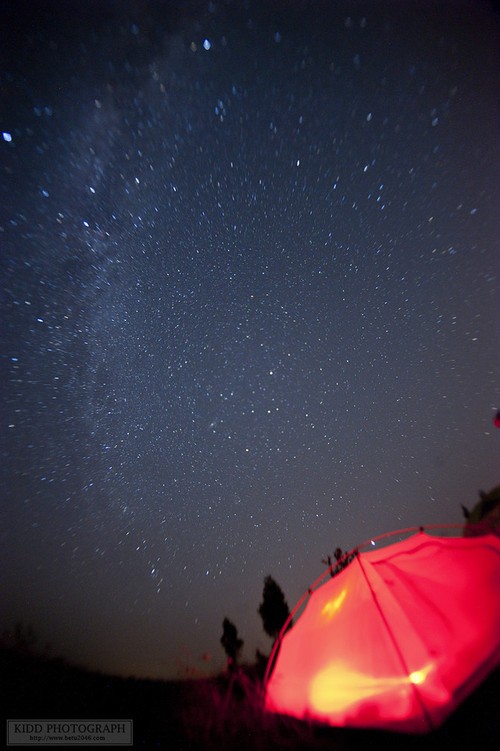
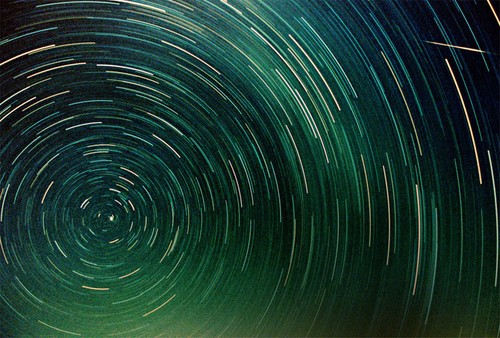 Lens and exposure time: Because of the different shooting stars, photographers will use lenses with different focal lengths to shoot. But how to ensure that there will be no star drag lines when shooting with each lens? Here is the 600 rule, the formula is as follows:600 (quantitative) / the focal length of the currently used lens = safe exposure seconds (ie, no star drag line will appear)
Lens and exposure time: Because of the different shooting stars, photographers will use lenses with different focal lengths to shoot. But how to ensure that there will be no star drag lines when shooting with each lens? Here is the 600 rule, the formula is as follows:600 (quantitative) / the focal length of the currently used lens = safe exposure seconds (ie, no star drag line will appear)